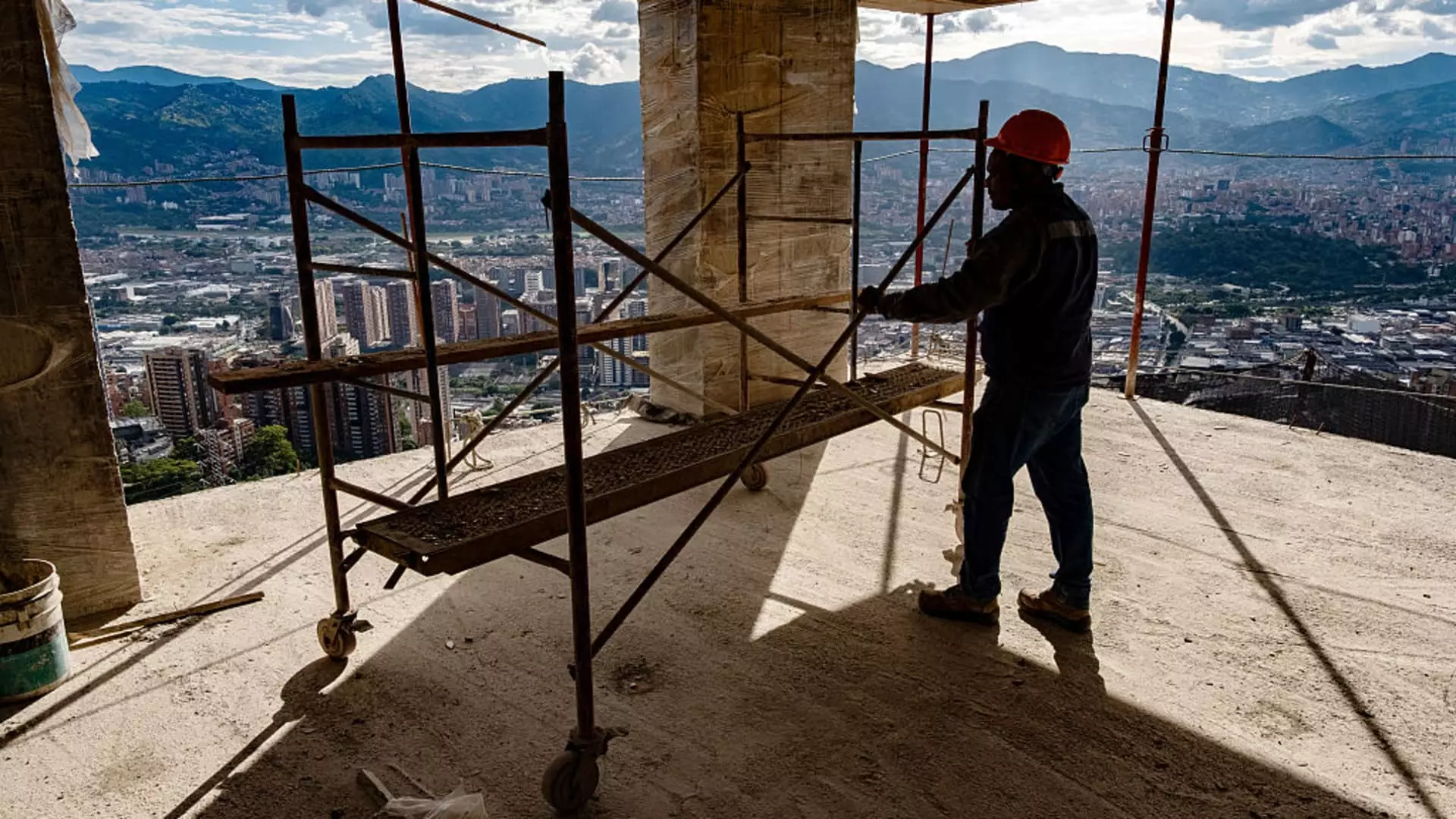Despite the critical importance of construction to economic growth and societal development, the industry remains one of the least modernized sectors globally. For decades, building and infrastructure development have clung to archaic methods, with automation and digital transformation playing minimal roles in daily operations. This persistent resistance to innovation isn’t just an inconvenience—it is a profound barrier to efficiency, environmental sustainability, and ultimately, national prosperity. In a world racing toward digitization, the construction sector, especially commercial building, risks becoming irrelevant and increasingly costly, all while taxpayers and investors foot the bill.
The staggering figure of nearly $1 trillion in annual productivity losses, as highlighted by McKinsey, underscores the gravity of the inefficiency. Outdated documentation, manual errors, delays, and administrative burdens are not mere inconveniences—they are systemic flaws that drain resources and damage the industry’s reputation. Ironically, the very scale of construction projects makes modernization both difficult and essential; yet, the industry’s meager investments in IT, often less than 1% of revenue, demonstrate a complacency that is utterly unforgivable in today’s fast-paced economic environment.
Personal Stories Spotlight a Broader Crisis
Sarah Buchner’s experience exemplifies the human toll of neglecting modernization. Escaping her roots in Austrian carpentry, she worked her way up through the ranks of construction management in the U.S. Her ascent culminated in overseeing a $400 million high-rise project with hundreds of workers. Tragically, her story takes a somber turn with a workplace fatality—an all-too-common event in an industry that consistently sidesteps safety advancements. Her subsequent pivot to creating construction tech solutions speaks volumes about the industry’s failure to prioritize safety through innovation.
Buchner’s journey reveals a deeper truth: to address one of construction’s most persistent weaknesses—inefficient and error-prone documentation—requires a technological overhaul. Her company, Trunk Tools, harnesses artificial intelligence to tackle a challenge that is endemic to the industry: managing massive volumes of evolving, unstructured data. The realization that a half-billion-dollar high-rise generates approximately 3.5 million pages of documentation—constantly changing—illustrates the absurdity of relying solely on human oversight. It is clear that the industry’s over-reliance on manual processes is not only jeopardizing safety but also fostering waste and environmental harm.
Technology as the Catalyst for Necessary Change
The promise of technology in construction is undeniable. Companies like Trunk Tools demonstrate that AI and machine learning can significantly reduce the administrative drag, improve safety, and optimize resource use. By converting millions of pages of blueprints, schedules, and specifications into user-friendly formats and flagging discrepancies before they become costly mistakes, these innovations begin to chip away at the industry’s inefficiency.
The recent influx of investment—$70 million in funding—signifies a growing recognition of the necessity for modernization. Industry giants like Microsoft partnering with startups like Trunk Tools reflect a shift in attitude, emphasizing that technology isn’t optional anymore; it is an urgent imperative. Yet, despite these promising developments, widespread adoption remains sluggish. Why? Because entrenched practices, conservative industry culture, and even regulatory hurdles hinder progress. The industry’s slow pace of change is both a reflection of risk aversion and a failure to see long-term benefits—benefits that could, in time, reshape construction into a more sustainable, safer, and more profitable sector.
Will the Industry Wake Up in Time?
If construction continues to operate under its outdated paradigms, it risks lagging behind other sectors that are aggressively adopting digital solutions. This stagnation could lead to increased costs, environmental degradation, and compromised safety standards—consequences that no developed nation can afford. Conversely, embracing the technological revolution offers a pathway to smarter, safer, and more responsible building practices. The question remains whether industry leaders will muster the courage to overhaul their systems or continue to deny the digital wave that could fundamentally transform their operations.
The shift toward innovation, exemplified by startups like Trunk Tools, might be the wake-up call needed. But real change demands more than financial backing; it requires a cultural transformation that prioritizes modernization, safety, and efficiency. For a sector so crucial to national infrastructure, the urgency to modernize can’t be overstated. The future of building, after all, isn’t just about bricks and mortar—it’s about harnessing the power of digital tools to create a more prosperous, sustainable, and safe society.

